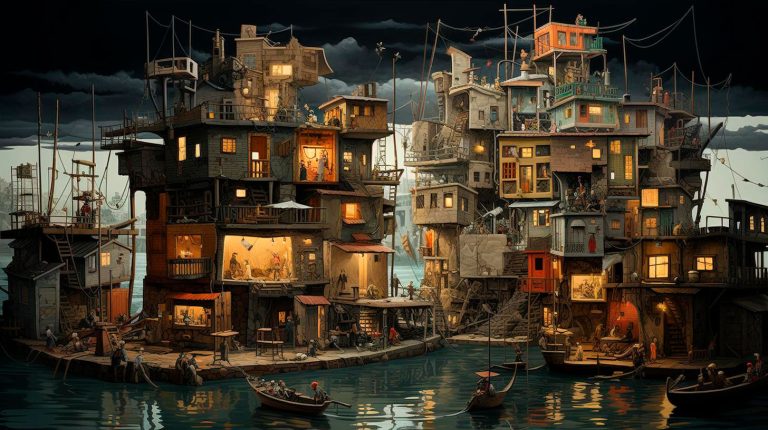Join us on a journey back in time as we explore the fascinating story of photography.
The Birth of Photography: From Camera Obscura to Daguerreotypes
Photography as we know it was born from centuries of scientific and artistic experimentation. It all started with the principle of camera obscura, an optical device that projects an image onto a surface. Artists used camera obscura to trace the images they projected, but it wasn’t until the 19th century that the first photographic process was discovered.
In 1826, French inventor Joseph Nicéphore Niépce captured the first permanent photograph using a process called heliography. This groundbreaking achievement marked the birth of photography. However, it was Louis-Jacques-Mandé Daguerre who later refined the process and introduced the daguerreotype, the first commercially successful photographic technique.
- Key Takeaway 1: The birth of photography can be traced back to the invention of the camera obscura and the discovery of the heliography process by Joseph Nicéphore Niépce.
- Key Takeaway 2: The daguerreotype, developed by Louis-Jacques-Mandé Daguerre, revolutionized photography and became the first widely available photographic technique.
From Wet Plates to Film: Photography Evolves
Photography continued to evolve throughout the 19th century. In 1851, Frederick Scott Archer introduced the collodion process, also known as wet plate photography. This technique allowed for faster exposure times and greater image quality, making photography more accessible to the masses.
However, it wasn’t until the late 19th century that the advent of flexible film revolutionized the industry. George Eastman, the founder of Kodak, introduced the first flexible film roll in 1884, simplifying the photographic process and making cameras more portable and convenient to use.
- Key Takeaway 3: The introduction of the collodion process improved image quality and reduced exposure times, making photography more accessible to a wider audience.
- Key Takeaway 4: The invention of flexible film rolls by George Eastman brought about a new era of portable and convenient photography.
The Digital Revolution: From Pixels to Megapixels
The digital era of photography began in the 1980s, with the invention of the first digital camera by Steven Sasson, an engineer at Kodak. This groundbreaking invention marked a new chapter in photography history, as it eliminated the need for physical film and allowed images to be stored and manipulated digitally.
Since then, digital photography has advanced at an astonishing pace. Today, our smartphones boast cameras capable of capturing high-resolution images, and professional digital cameras reach resolutions of up to 100 megapixels. This digital revolution has democratized photography, making it more accessible to everyone.
- Key Takeaway 5: The invention of the digital camera eliminated the need for physical film and revolutionized the way we capture, store, and manipulate images.
- Key Takeaway 6: The digital revolution has democratized photography, making it more accessible to a wider audience.
The Future of Photography: Exploring New Frontiers
As technology continues to advance, so does the world of photography. From the rise of smartphone photography and social media influencers to the emergence of virtual reality and aerial photography, the possibilities seem endless.
One promising development is the integration of artificial intelligence (AI) into photography. AI-powered cameras can now recognize scenes, optimize settings, and enhance images automatically, making it easier for anyone to take stunning photographs. Furthermore, advancements in computational photography are pushing the boundaries of what is possible, allowing photographers to capture breathtaking images in challenging lighting conditions.
- Key Takeaway 7: The future of photography lies in the integration of AI and computational photography, enabling users to capture incredible images effortlessly.
- Key Takeaway 8: The rise of smartphone photography and social media platforms has transformed the way we share and consume visual content.
In Conclusion
Photography has come a long way since its humble beginnings, evolving from camera obscura to digital cameras embedded in our smartphones. Understanding the history of photography provides us with insights into the art form we appreciate today. From the primitive heliography to the invention of the daguerreotype, the introduction of flexible film, and the digital revolution, each milestone has shaped photography into what it is today. As technology advances, we can be confident that photography will continue to explore new frontiers, opening up endless possibilities for capturing and preserving moments in time.



















+ There are no comments
Add yours